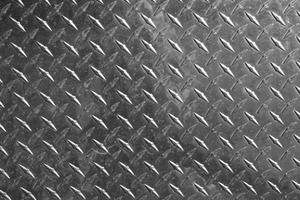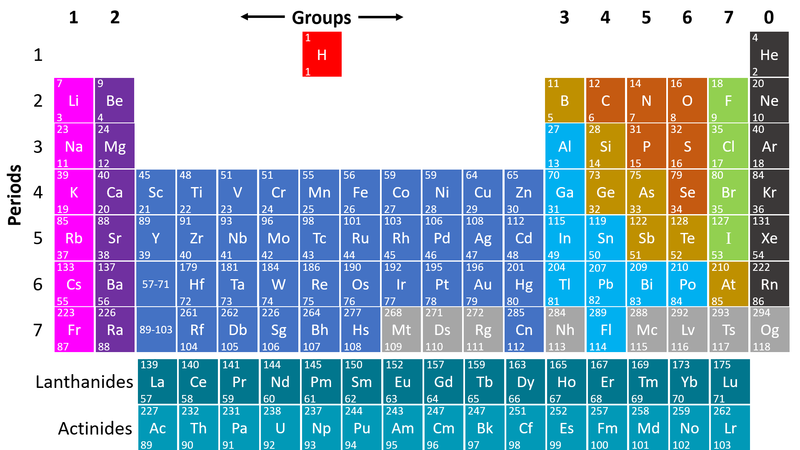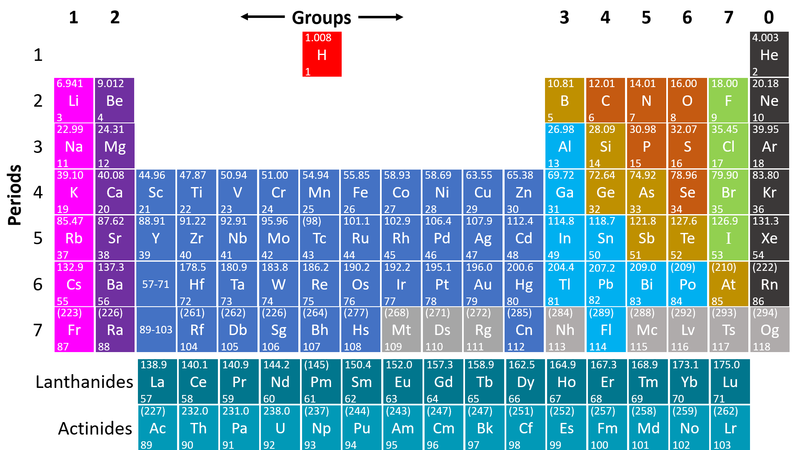Difference between revisions of "Metal"
(→Applications and Properties) |
|||
| Line 90: | Line 90: | ||
| style="height:20px; width:400px; text-align:left;" |Sonorous - Will make a sound when struck. | | style="height:20px; width:400px; text-align:left;" |Sonorous - Will make a sound when struck. | ||
|} | |} | ||
| + | |||
| + | ===References=== | ||
| + | ====AQA==== | ||
| + | |||
| + | :[https://www.amazon.co.uk/gp/product/1782945598/ref=as_li_tl?ie=UTF8&camp=1634&creative=6738&creativeASIN=1782945598&linkCode=as2&tag=nrjc-21&linkId=ad276ad49df77ab4b40ab4fd0fe10073 ''Metals, page 108, GCSE Combined Science; The Revision Guide, CGP, AQA ''] | ||
| + | :[https://www.amazon.co.uk/gp/product/1471851346/ref=as_li_tl?ie=UTF8&camp=1634&creative=6738&creativeASIN=1471851346&linkCode=as2&tag=nrjc-21&linkId=3ac654f4b0da781c49c855a1af4c92ea ''Metals, page 45, GCSE Chemistry, Hodder, AQA ''] | ||
| + | :[https://www.amazon.co.uk/gp/product/1471851354/ref=as_li_tl?ie=UTF8&camp=1634&creative=6738&creativeASIN=1471851354&linkCode=as2&tag=nrjc-21&linkId=9012a0d354024419214fb3ad5ac44ba0 ''Metals, pages 163-4, 247, GCSE Combined Science Trilogy 1, Hodder, AQA ''] | ||
| + | :[https://www.amazon.co.uk/gp/product/1782945571/ref=as_li_tl?ie=UTF8&camp=1634&creative=6738&creativeASIN=1782945571&linkCode=as2&tag=nrjc-21&linkId=9e29fad914244909903e5e93f8a01d182 ''Metals, pages 23, 24, 35, 55, 56, 97, 98, GCSE Chemistry; The Revision Guide, CGP, AQA ''] | ||
| + | :[https://www.amazon.co.uk/gp/product/0198359381/ref=as_li_tl?ie=UTF8&camp=1634&creative=6738&creativeASIN=0198359381&linkCode=as2&tag=nrjc-21&linkId=47c8d1ae58d8b3a5e2094cd447154558 ''Metals, pages 24-27, GCSE Chemistry; Third Edition, Oxford University Press, AQA ''] | ||
| + | :[https://www.amazon.co.uk/gp/product/0008158762/ref=as_li_tl?ie=UTF8&camp=1634&creative=6738&creativeASIN=0008158762&linkCode=as2&tag=nrjc-21&linkId=a0fffa35b3ea49a63404f6704e0df7cc ''Metals, pages 56-7, 78-9, GCSE Chemistry; Student Book, Collins, AQA ''] | ||
Revision as of 15:40, 8 November 2019
Contents
Key Stage 1
Meaning
Metal is a hard, smooth, shiny, bendy and opaque material.
About Metals
There are many different types of metal but they are all similar in their properties. Metals are used to make knives and forks because they are hard and smooth. Metals are used to make wires because they are bendy. Metal can be used to make hammers because it is hard and strong.
Key Stage 3
Meaning
A Metal is a a material that is a good conductor of electricity and a good conductor of thermal energy.
About Metals
- Metals are found on the left hand side of the Periodic Table
| This Periodic Table shows the metal elements in blue and purple. |
Properties of Metals
There are several key properties of metals you should know. Metals are:
- Good conductors of electricity
- Good conductors of thermal energy
- Shiny - They have reflective surfaces when polished.
- Malleable - They can be hammered into shape.
- Ductile - They can be stretched into wires.
- Sonorous - They make a ringing sound when they are hit.
Key Stage 4
Meaning
A Metal is a a material that is a good conductor of electricity and a good conductor of thermal energy.
About Metals
- Metals are found on the left hand side of the Periodic Table
| This Periodic Table shows the metal elements in blue and purple. |
- Metals are on the left hand side of the Periodic Table because those elements lose electrons to form positive ions in compounds with non-metals.
- Metals form hydroxides when they react with water.
- Metal Oxides, Metal Carbonates and Metal Hydroxides all have pH above 7.
- Salts are metal compounds produced in Neutralisation reactions.
- Metal elements form metallic bonds in which positive ions are surrounded by a sea of delocalised electrons.
- A metal made of more than one metal element is called an alloy.
- Metals make good electrical and thermal conductors because the delocalised electrons are free to move around the material.
- Metals usually have high melting and boiling points making them solid at room temperature except for mercury which is a liquid at room temperature.
Applications and Properties
| Application | Properties |
| Cables | Strong - Does not break easily under a force. |
| Car bodies. | Malleable - can be hammered into shape. |
| Cables | Ductile - Can be stretched into wires. |
| Jet Engines | High Melting Point - Can be heated to high temperatures. |
| Electrical Wires | Good Electrical Conductor - electricity can pass through it easily. |
| Pots and pans | Good Thermal Conductor - Can be quickly heated. |
| Mirrors | Shiny - Reflects light. |
| Bells | Sonorous - Will make a sound when struck. |
References
AQA
- Metals, page 108, GCSE Combined Science; The Revision Guide, CGP, AQA
- Metals, page 45, GCSE Chemistry, Hodder, AQA
- Metals, pages 163-4, 247, GCSE Combined Science Trilogy 1, Hodder, AQA
- Metals, pages 23, 24, 35, 55, 56, 97, 98, GCSE Chemistry; The Revision Guide, CGP, AQA
- Metals, pages 24-27, GCSE Chemistry; Third Edition, Oxford University Press, AQA
- Metals, pages 56-7, 78-9, GCSE Chemistry; Student Book, Collins, AQA


